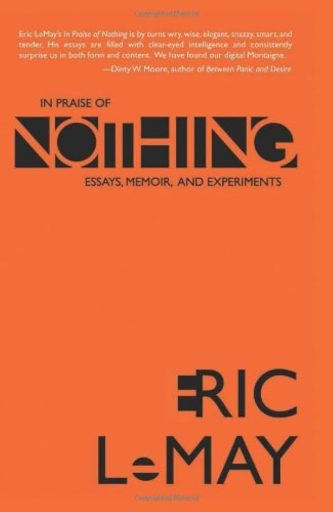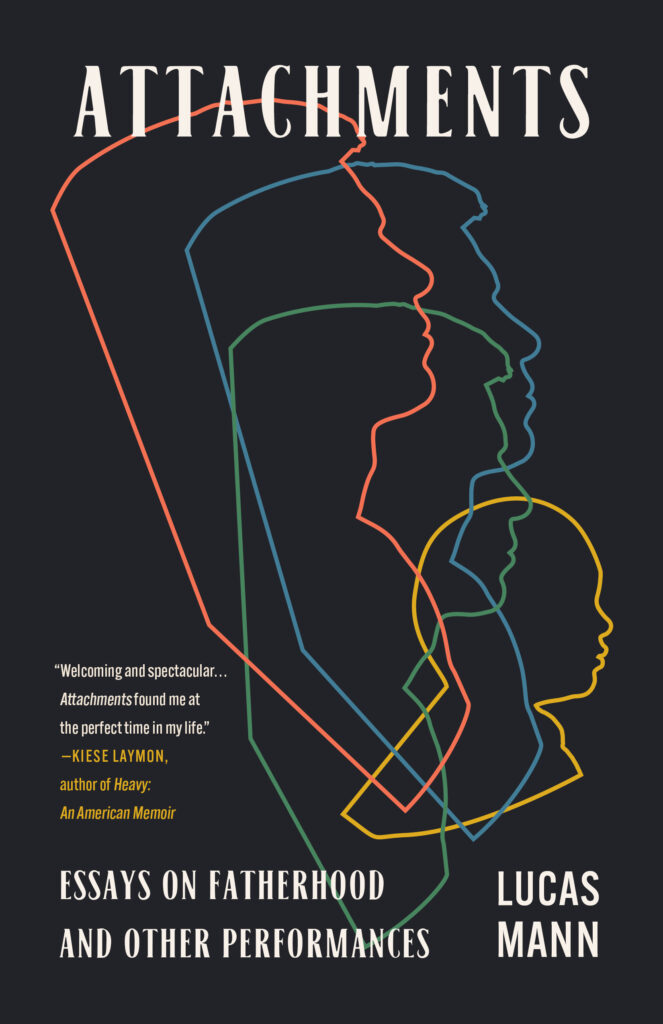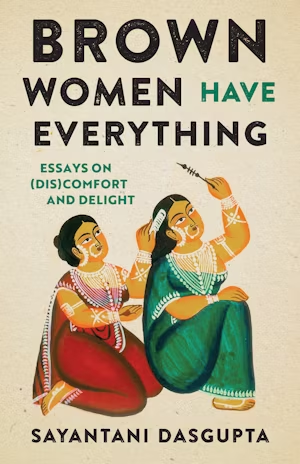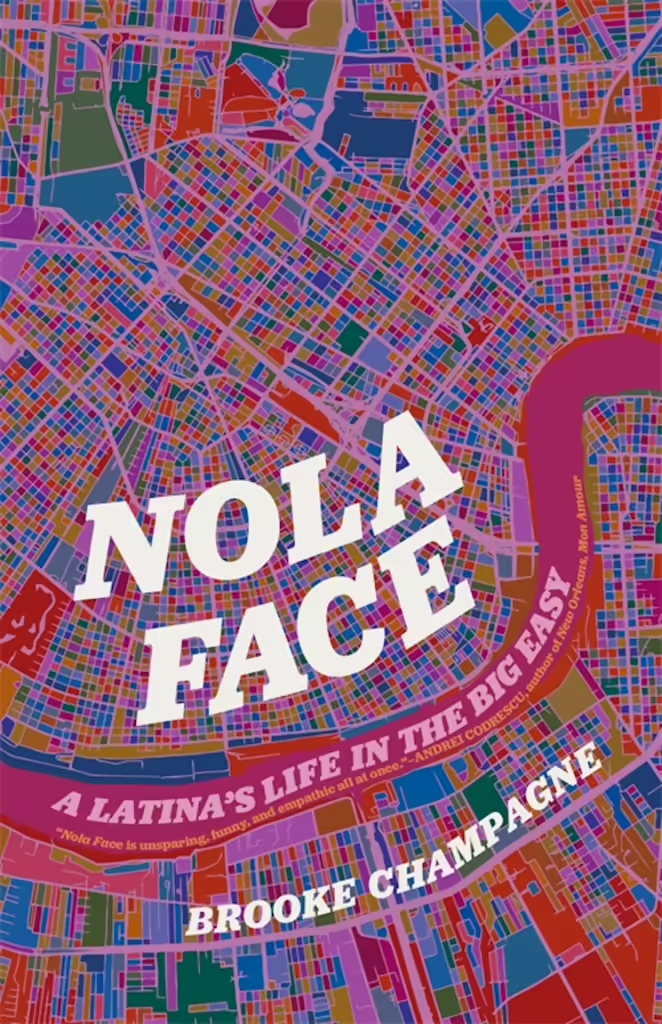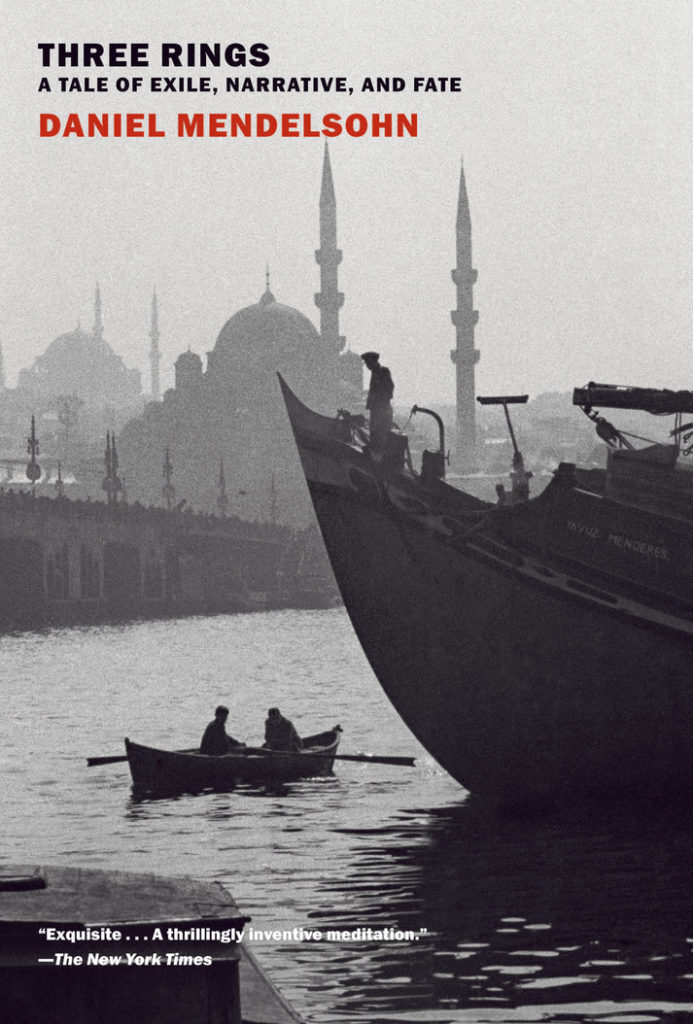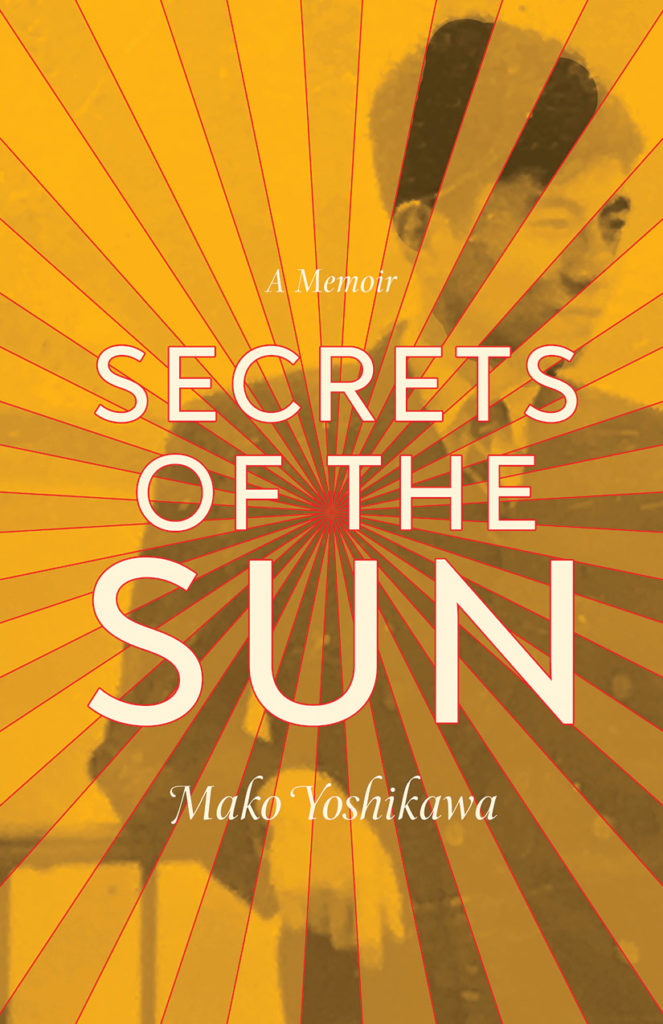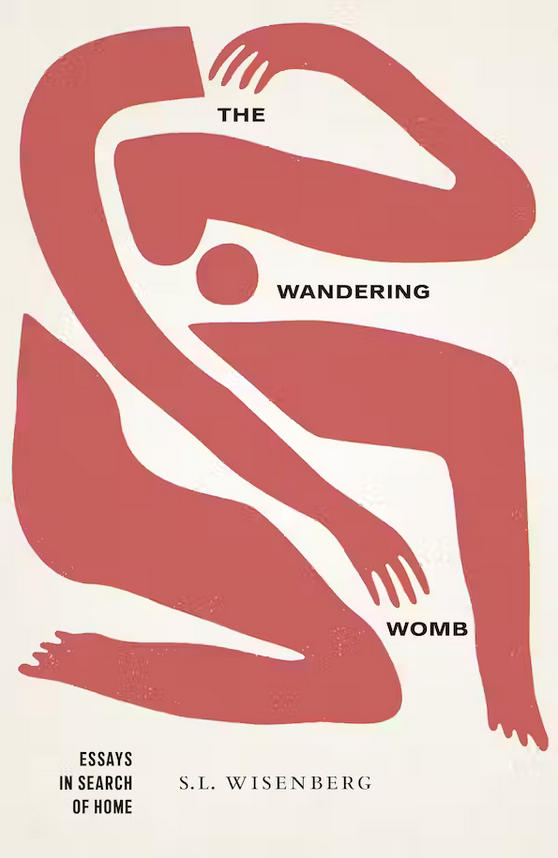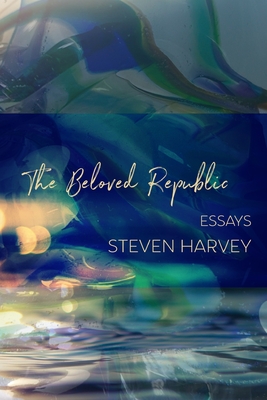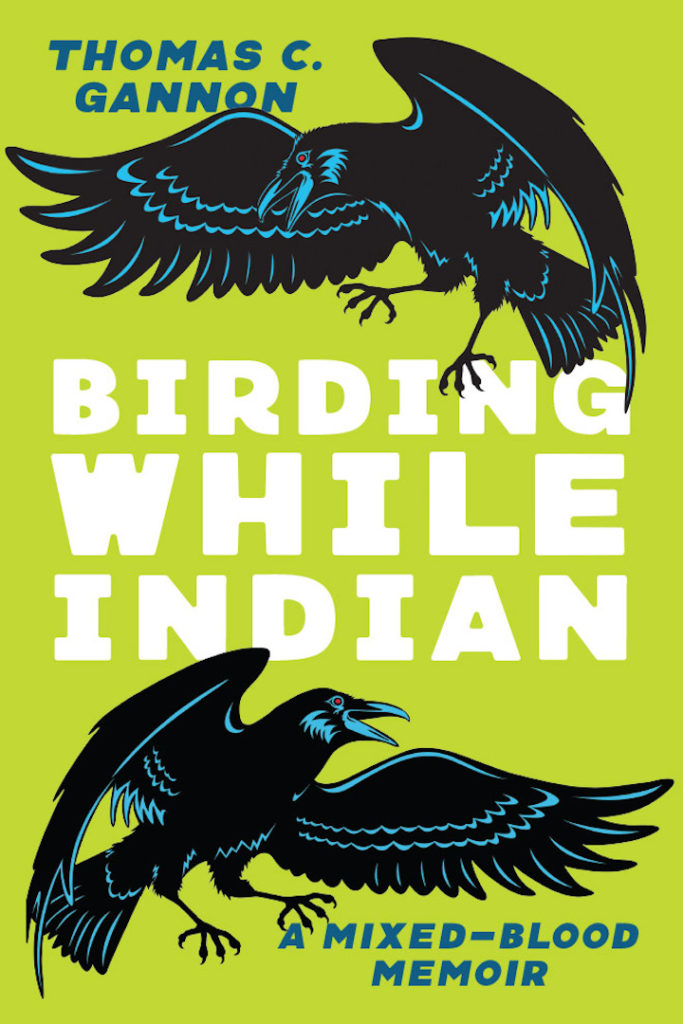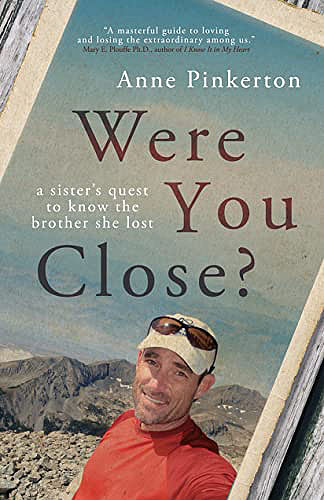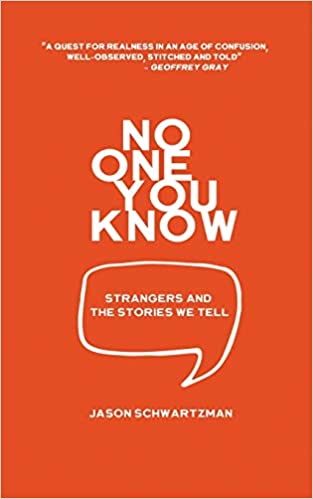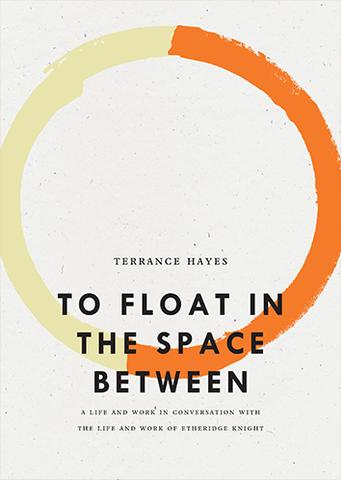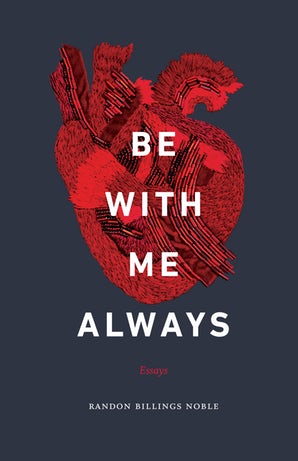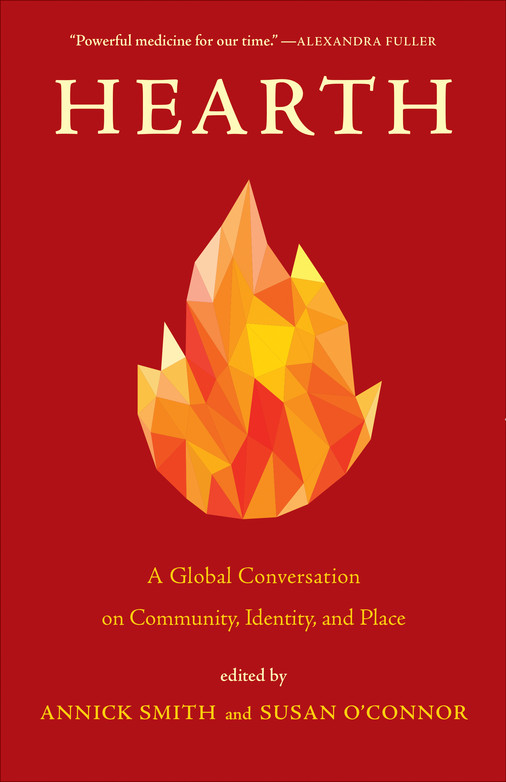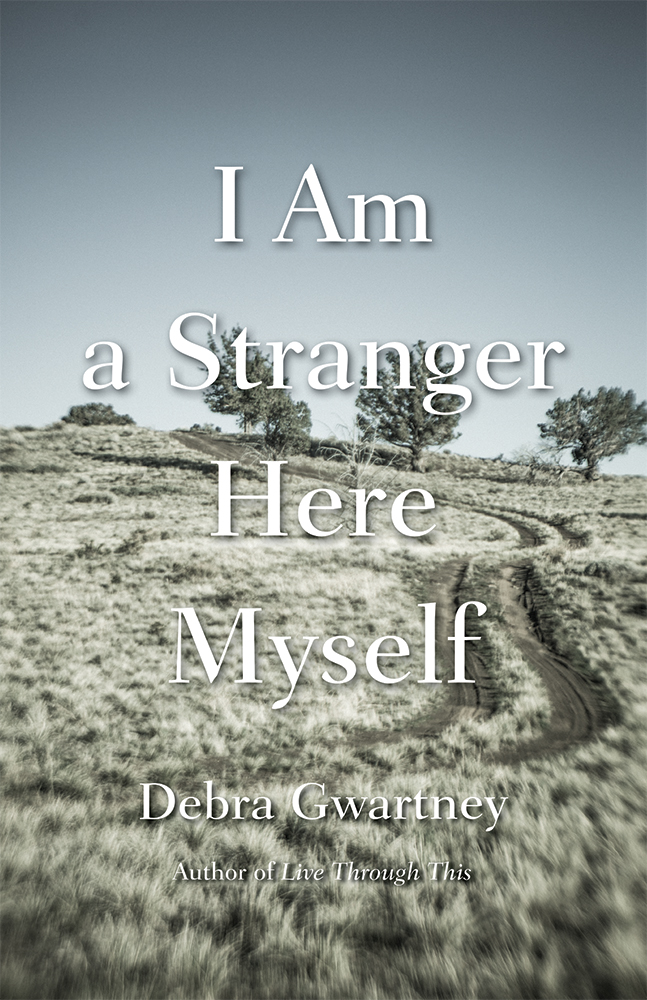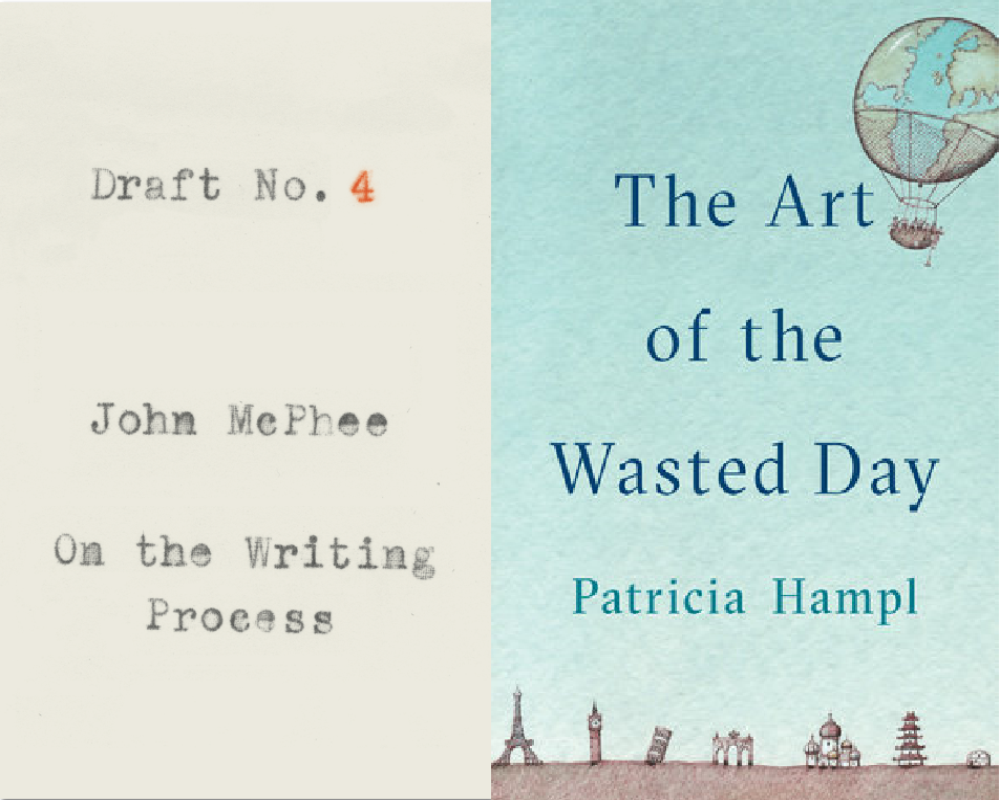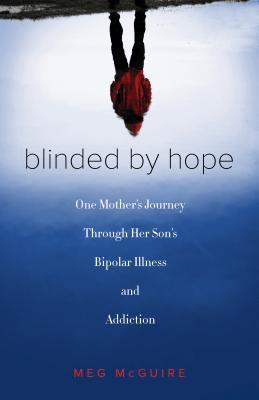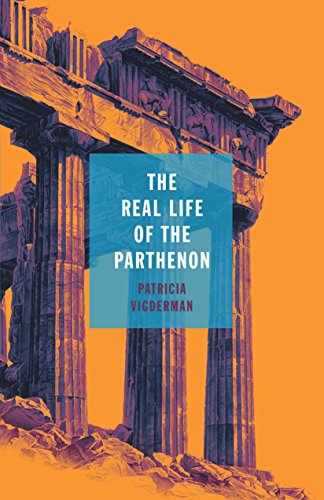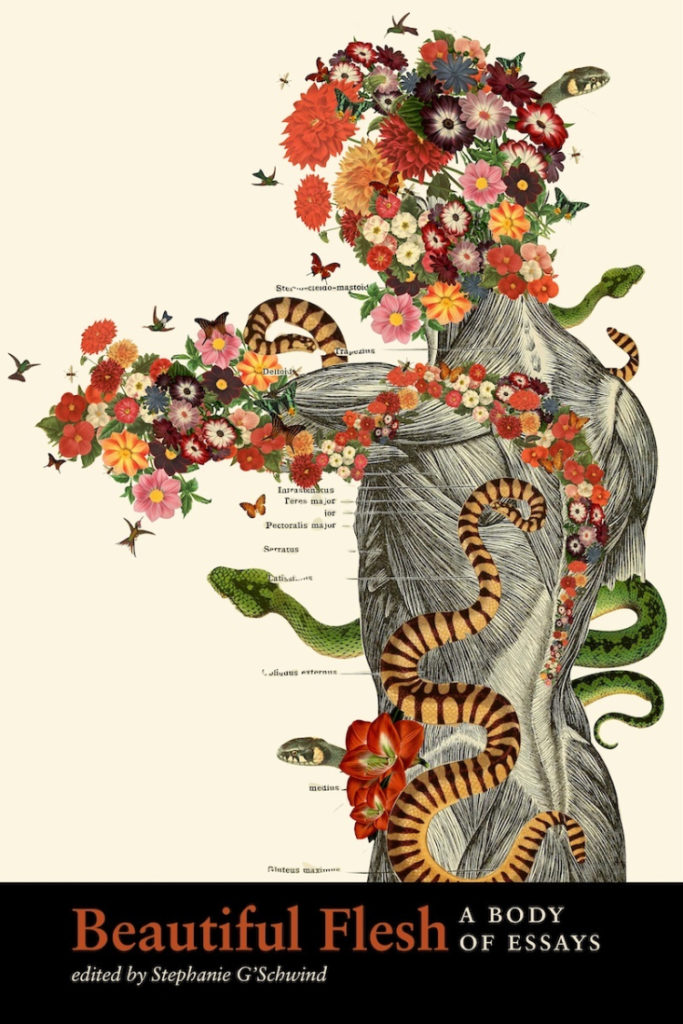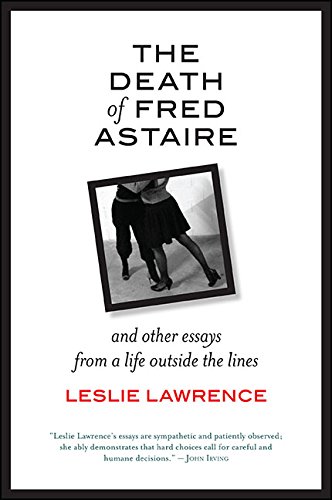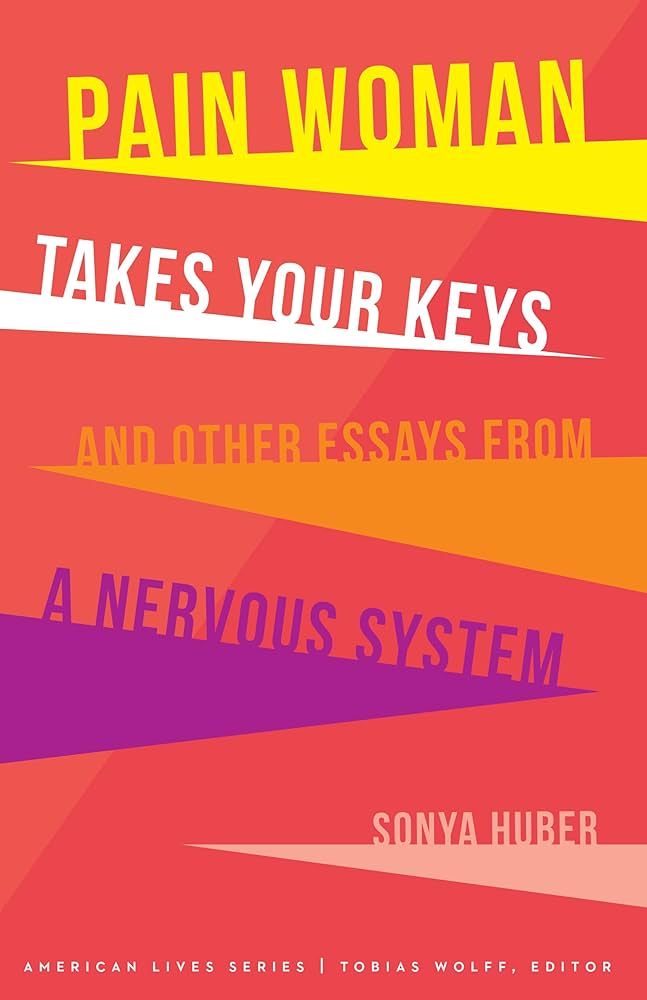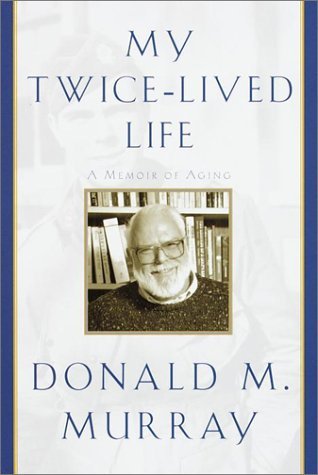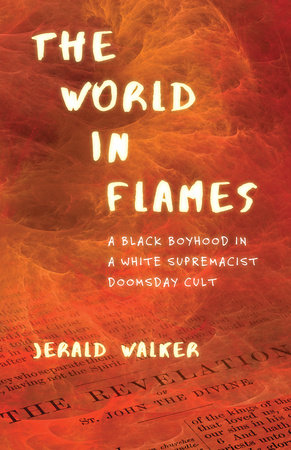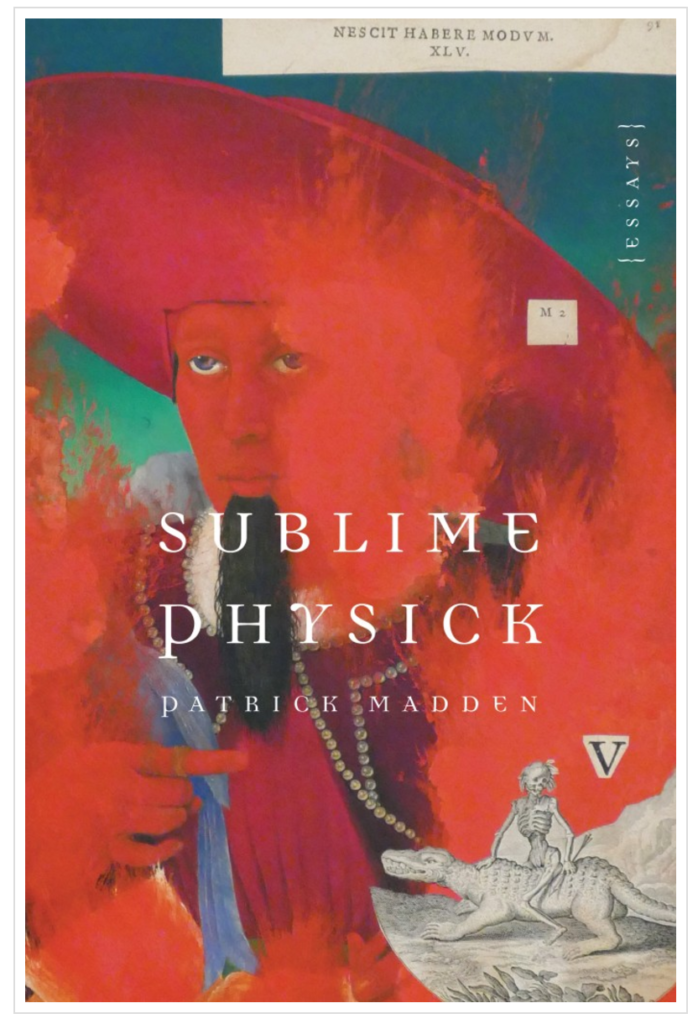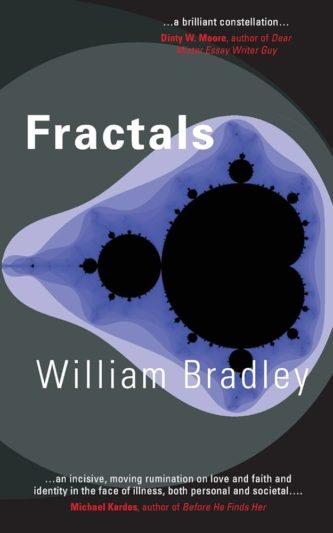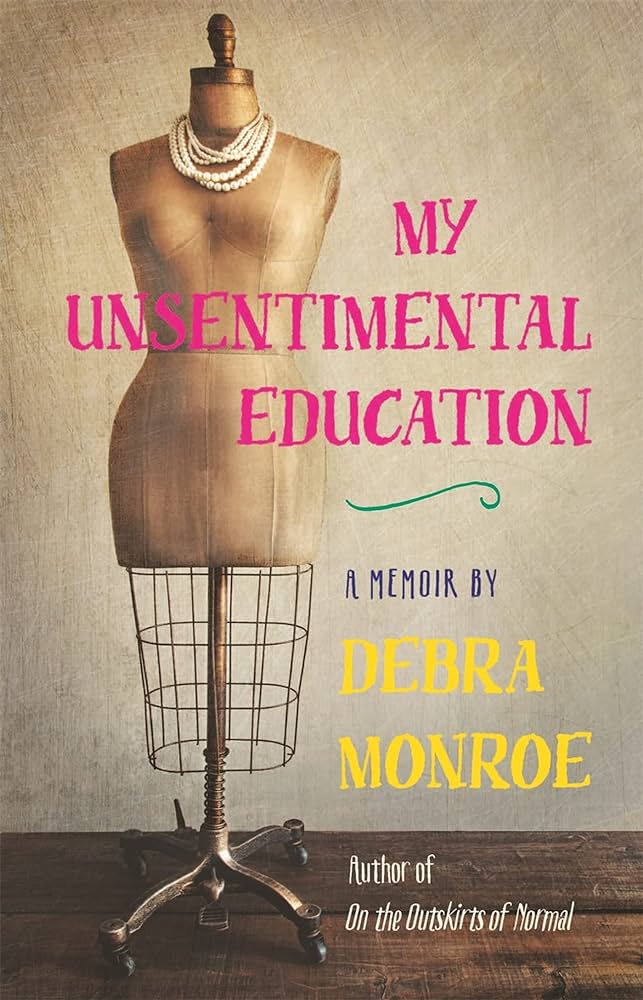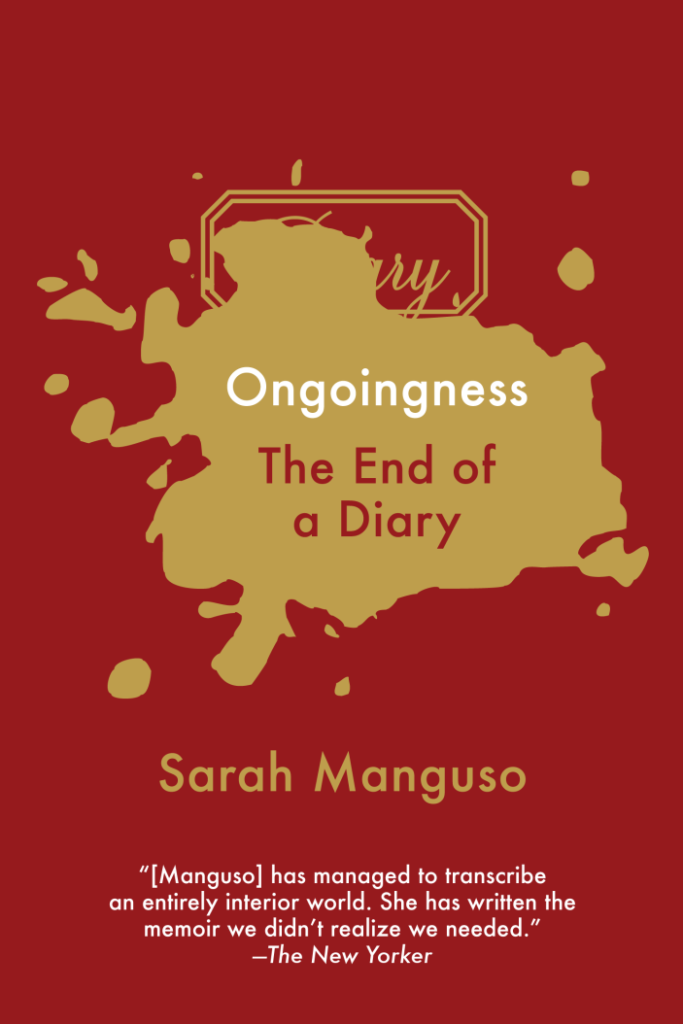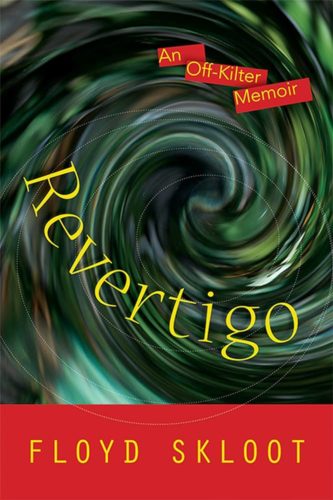By Doug Rutledge
on Eric LeMay’s In Praise of Nothing: Essays, Memoir, and Experiments
In Praise of Nothing is both an interesting and a frustrating book. It’s interesting in its attempt to write a postmodern memoir. It’s frustrating, however, because it does not fulfill the reader’s conventional expectations of coherence and meaning. Postmodern thinkers, such as Roland Barthes, are highly skeptical of the idea of human agency and would also doubt the coherence of the self. They believe the idea that a human being who is a psychologically whole and stable person is largely fictionalized. Therefore, LeMay has written an unstable memoir.
LeMay’s book is divided into three large sections with five smaller essays in each. Every section contains a biographical sketch. We never watch Eric grow from a child to an adult, overcoming his challenges and celebrating his successes, as we might in a coherent narrative. However, we do pick up snippets of his life, such as why his father named him Eric, how he made his mother laugh when he picked on his younger brother, and finally, how he gets a position at a university.
In the first section, LeMay writes about people who are given a label that amounts to some form of nothing, such as John Doe or Patient Zero. In this context, we learn that Eric’s Dad named him after Kirk Douglas’s role in the movie Vikings. Because Douglas risked dying without his sword and, therefore, failed to reach Walhalla, or Viking Heaven, young Eric carries a butter knife around for weeks. In the second section, the adult LeMay tries to recapture his youth, arguing that language has become a virus. He also recounts telling a party joke about fatally dropping babies. He goes on to philosophize about comedy, while remembering the underclothes he wore as a child. He seems particularly interested in Underoos, though there is a slightly more humorous riff on leaving off his underwear as a form of sexual initiation in middle school. But then he runs the risk of showing the telltale marks of urination on his trousers. In the last section, he meditates on lottery winners and losers and on an insane asylum in Ohio. Here, LeMay also places a lampshade on a backyard chimney and calls it art, “readymade heureux,” in imitation of Marcel Duchamp.
The philosophical point of LeMay’s broken narratives appears in the final essay describing the garden of an insane asylum:
The garden of Herman Haerlin was not a garden for perfection. It assumed you were broken when you entered it. The garden began its work there, because the garden knows that to be alive is to be broken. This is the story of the Fall, the story of the lost Garden.
The Haerlin gardens were beautiful, well ordered and peaceful, but they were designed for people who are less than whole. For LeMay, the garden becomes a metaphor. We are all broken, he suggests, so writing a coherent narrative, while more satisfying, would offer a false sense of what it is to be human.
Of course, one is led to ask the inevitable question, why write and why read a book about nothing? In Praise of Nothing offers several answers, some generic, some philosophical, others emotional, but none are completely satisfying—though this lack of satisfaction is part of the book’s point.
I’m not sure why I’m drawn to nothing. Perhaps I’m escaping our culture’s overload of images through images. Perhaps I’m already so overloaded with images that I no longer need content, just the pure image, distilled to nothing. Perhaps I’m losing it. I do know I get tetchy if the webcam I’m watching shows more than nothing, or the wrong kind of nothing, or aspires in some artistic way to nothing: a nothing that, in showing nothing, attempts to mean more than nothing . . . .
I take this passage from the book’s first essay as the author’s interpretive direction to the reader. However, despite LeMay’s claim, In Praise of Nothingapproaches its nothingness in an artistic way; its attempt “to mean more than nothing” is an attempt both successful and frustrating.
LeMay establishes a literary context for his book about nothing when he recalls,
Two decades ago, I read Joseph Heller’s Catch 22, and what’s stuck with me ever since is Heller’s description of the bombardier Yossarian lying in bed, intentionally staring at the ceiling, watching nothing. Yossarian is trying to make himself as bored as possible, because when he is bored, time slows down, and the more time slows down, the more time he has until he has to fight again and so the more time he has to live. “He had decided to live forever,” writes Heller, “or die in the attempt.” He lives through nothing.
This passage becomes interesting as LeMay reveals how he is attempting to mold his postmodern vision into an applicable contemporary genre. The idea of living forever by doing nothing looks forward to LeMay’s essay, “Once More to the Lake,” where the author attempts to relive a summer in his youth when one pleasant day morphed lazily into the next without the pressure of accomplishment and without a sense of time having passed. But doesn’t it also suggest how boring an attempt to describe a human life through the concept of nothing might become? The passage evokes a kind of bureaucratic reasoning that, LeMay implies, lends itself to the meaninglessness of postmodern life.
For LeMay, an absurdist comedy exists in the mind-numbing, bureaucratic stupidity, the maze through which our lives are lived. In the essay, “Biography of the Nameless,” he considers various legal and bureaucratic reasons why people are tagged John Doe. He weaves in history—the original John Doe appeared in the Magna Carta, but his name didn’t become a synonym for Everyman until the Victorian era—with police and asylum cases. Through John Doe, LeMay offers a vision of cultural clumsiness that becomes an ontology or a philosophy of being:
The Does come into play when our social practices demand an identity in order to function, but we have no identity to provide. Most . . . elements within our culture demand that information. Our names, our social security numbers, and similar identifiers form a central cog in our collective existence. While we may be able to function . . . with some informational gaps, everything breaks down without markers of identity. John and Jane Doe fill those slots that must be filled for our social machine to run, holding us together and binding us where names play an essential role.
In LeMay’s telling, John Does are real people; usually insane, ill, or dead, they are unable to give the authorities their names. Nevertheless, the suggestion is that we are all cogs in a social machine insisting on markers of identity, but not necessarily meaningful markers.
LeMay’s recounting of John Doe’s tale becomes painful when we learn about the murder of James Jordan, father of Michael Jordan, the basketball star. Jordan’s stolen Lexus 400 was discovered outside of Fayetteville, North Carolina. Shortly afterwards, a body with a .38 caliber bullet in his chest was found in a swamp near McColl, South Carolina. The body was labeled John Doe and cremated. Through DNA evidence police later determined the body was James Jordan, owner of the stolen car and Michael’s father. For LeMay, this story is an odd kind of nothing (a nothingness tied to Jordan’s temporary lack of identity—his being named John Doe) that painfully turns out to mean more than nothing, (the murder of someone with whom we can all identify—the father of someone many admire), precisely the kind of aesthetic nothingness LeMay claims not to like.
In Praise of Nothing includes touching moments. LeMay’s essay, “Gaëtan Dugas, A Personal History,” offers a case in point. His consideration of Dugas is an extension of his meditation on John Doe. Dugas was the Patient Zero of media hype, the person who was supposed to have had sex with enough men to have generated the AIDS crisis. Being referred to as Patient Zero makes Dugas a kind of nothing. However, this morphs into LeMay’s development of sexual identity in the midst of the AIDS crisis. LeMay is not coming out. Rather, he is confessing that as a seventeen-year-old boy, he admired someone like Dugas who was self-confident and sexually adventurous. LeMay recognizes the media portrayal of Dugas as mythological and believes his own reinterpretation of Dugas’s experience is another myth. LeMay admits, “I can’t see through any of these myths, but, even now, I can acknowledge the truth of his humanity.” Suddenly, LeMay’s book stops being oddly humorous and becomes honestly touching. Again, however, this seems to be a kind of nothing that means more than nothing—like the webcam LeMay disliked because it “aspires in some artistic way to nothing.”
The Foucauldian notion of the unstable self permeates LeMay’s book. Again, in his meditation on the Does, LeMay develops his ontology, which holds that identity is fluid and therefore indefinable. Why, he wonders, is the memoir difficult to write:
The answer has to do with the evolving self a memoir tries to snare. It won’t still, it won’t stay. On a given day, the self we once knew slips its old habits, abandons its lifelong friends and favorite coffee mug, only to show up, years later, with a scraggily beard and a limp, asking: “Who are you?” The dual (sometime dueling) versions of these essays are a nod toward that unfixed “I” we all think of—how could we not?—as me.
In an essay written in three parallel columns, one describing the essays of Francis Bacon, one quoting passages from Bacon and one offering aphoristic descriptions of LeMay’s own life, the author asks himself the following question:
[W]e often portray ourselves through experiences and events we see as emblematic of who we are . . . and these portrayals are like aphorisms. Moreover, we often sort these events and experiences into categories . . . [which] are like the subjects of Bacon’s essays. Given these likenesses, what might a Baconian personal essay look like, one as distinct and disjointed in its portrayal of self as Bacon’s aphorisms? What purposes might it reveal? What rifts? What connections?
Through the use of aphorisms, Sir Francis Bacon broke the conventional narrative of his time, which held that all observable phenomenon had divine will as a final cause. LeMay, on the other hand, is breaking the conventional narrative of his time, which holds that human beings have a coherent self and a coherent story to tell.
I mentioned at the outset that I appreciate the intellectual reasons for reading this book, and yet I find the experience unpleasant. Personally, my response to the book is rather like the paradox I feel toward the flat-earth phenomenon. Obviously I am convinced that the earth is round, but during each day of my life, I walk on its surface as if it were flat. Similarly, I am willing to entertain the notion that my sense of self is mythical, that it is fictionalized, that in fact my sense of self is a series of largely unrelated events that I remember in a pattern, a pattern which I fictionalize in the very act of remembering them. However, my problem is that I am reading LeMay’s book through the mental perception of my fictionalized self. As broken as I may be, I do not perceive myself to be as broken as LeMay’s narrative would suggest. And this unbroken self finds LeMay’s apparently unrelated vignettes largely meaningless. He is welcome to reply that their meaninglessness is exactly his point. But I find that I am bored by the fragmented meaninglessness of LeMay’s perception of his own life. He might hope that, at least, I found it funny, to which I respond that few authors can write meaningless comedy. His literary hero, Joseph Heller, may have been successful. LeMay has yet to pull it off.
In Praise of Nothing: Essay, Memoir, and Experiments by Eric LeMay
$15.95 Paper | Buy Now | ericlemay.org
Doug Rutledge has a PhD in English Literature from the University of Chicago and an MFA in creative writing from Ashland University. Doug is the author of The Somali Diaspora: A Journey Away published by the University of Minnesota Press. His reviews have appeared in The Journal, Rattle, and the Asheville Poetry Review. Doug is currently a reader for the Winter Tangerine Review.

